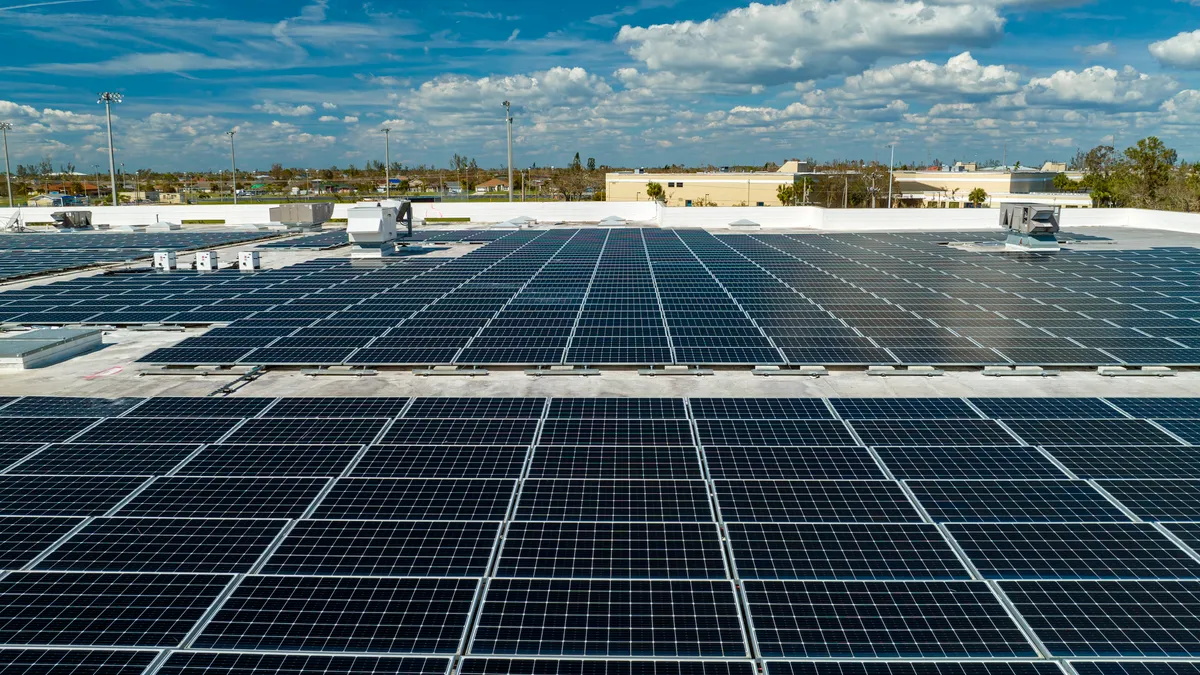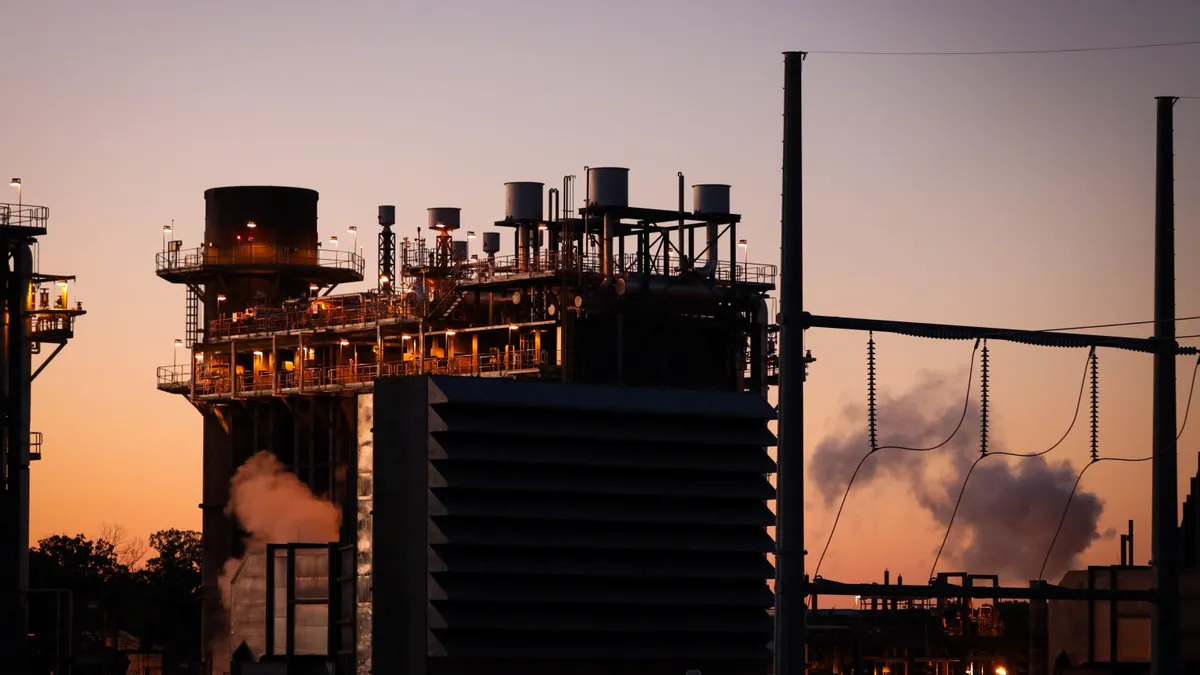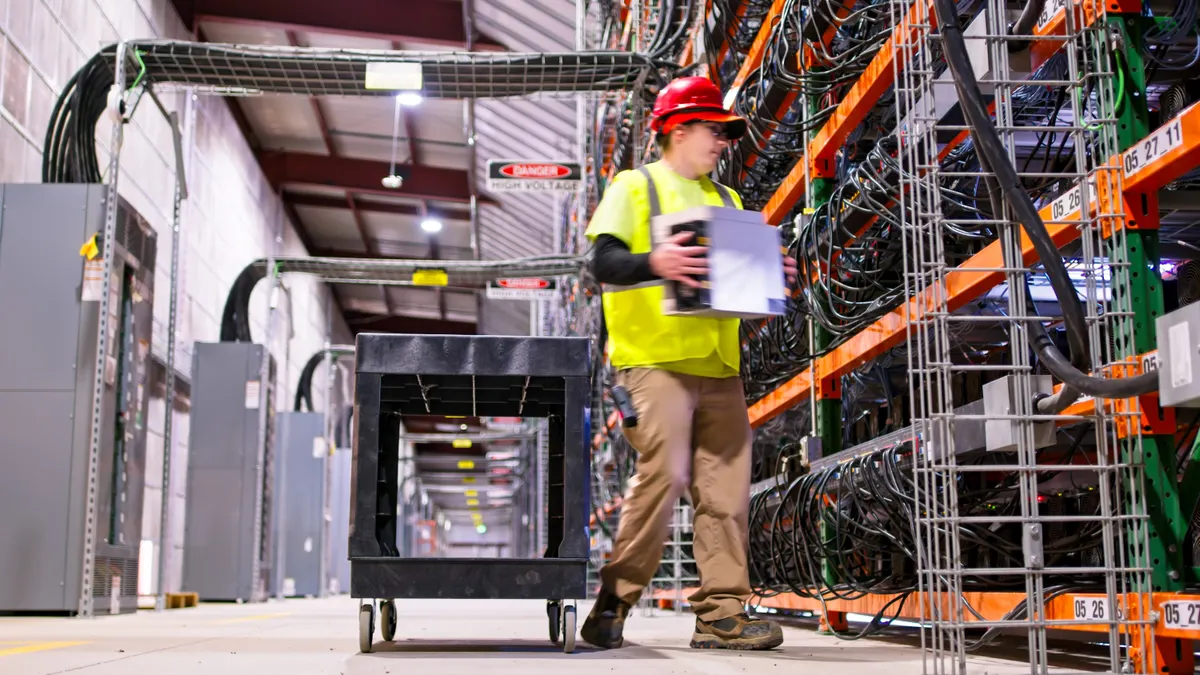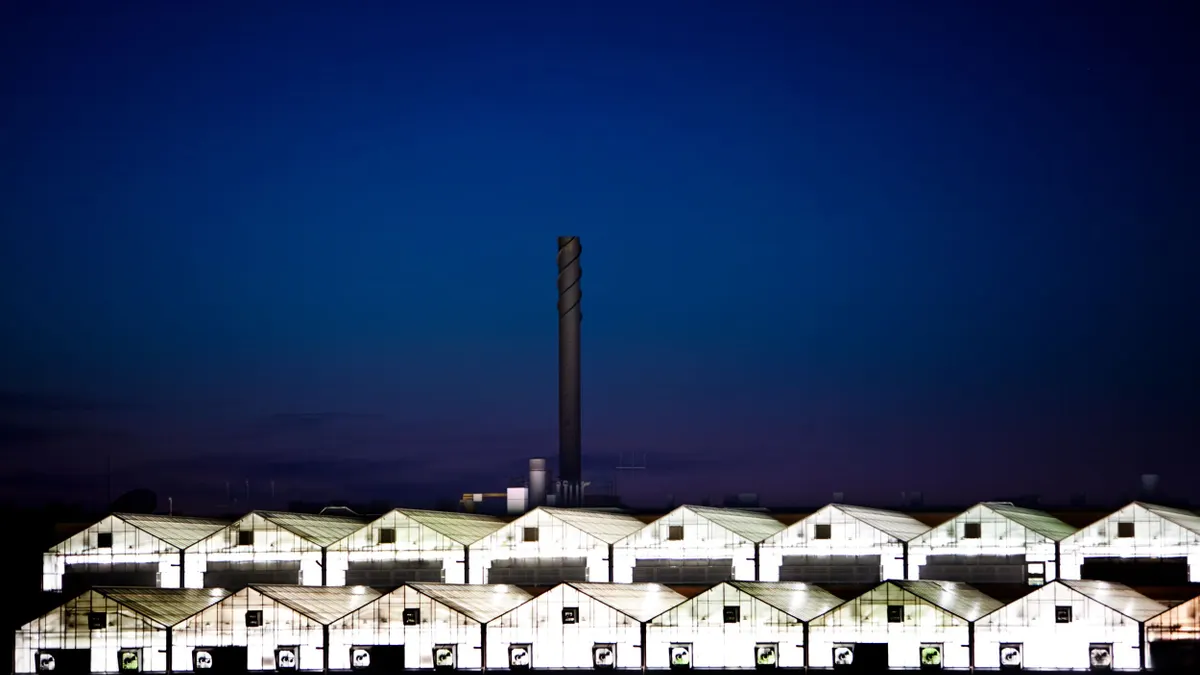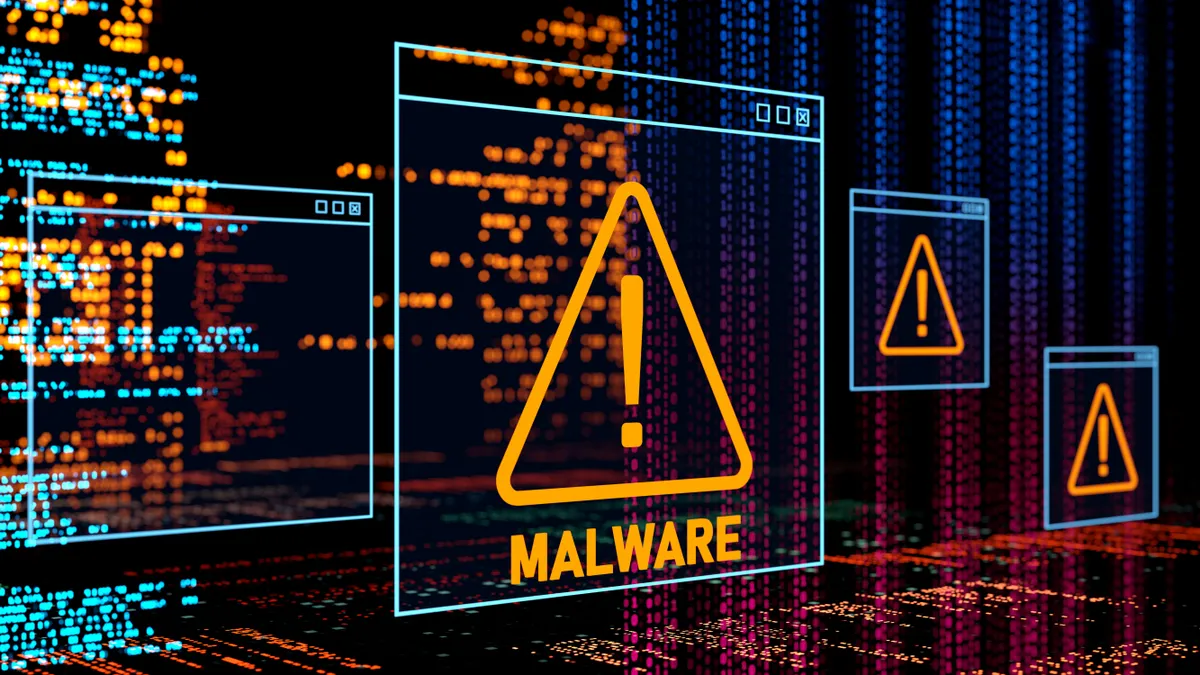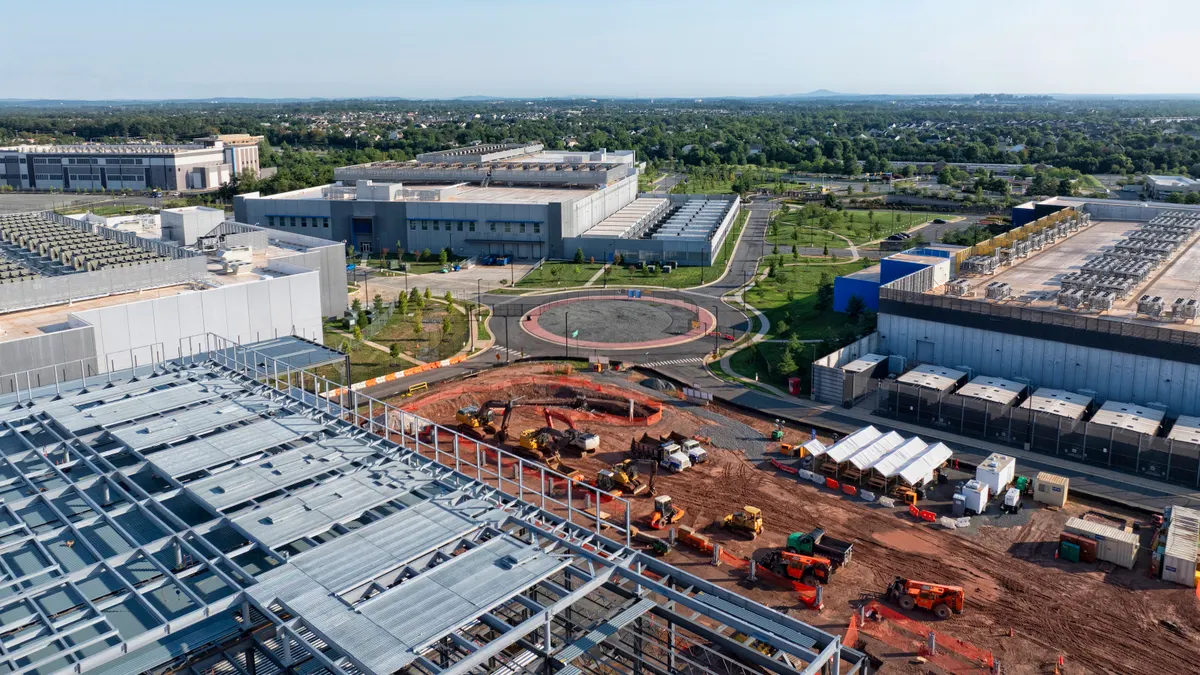Molly Podolefsky is a managing director at Clarum Advisors.
Investment uncertainty is spurring conversations in strategy sessions and boardrooms across our industry. Utility executives find themselves at the nexus of sweeping geopolitical, policy and market change, compounding uncertainty around investments in grid expansion. Inflation, tariffs, shifting global supply chains and extreme weather combined with explosive demand growth are increasing utilities’ risk exposure beyond business as usual. Massive levels of investment are needed to secure clean, affordable, reliable energy to satisfy increased demands due to ongoing electrification, data centers and hyperscalers, and industrial customers onshoring their plants. Utilities must contend with unprecedented levels of uncertainty as they decide which investments to make and are faced with very long lead times to build new generation, transmission and distribution assets.
Utilities must consider significant regulatory, political and environmental barriers to asset development which could slow roll-out, negatively impacting budgets. Tariffs and bottlenecks in global supply chains may delay generation build-out, worsening capacity constraints and increasing cost. Insufficient data and imprecise market forecasts make it difficult for utilities to anticipate data center and hyperscaler growth, increasing the risk of over-building generation resources. At the same time, by not acting aggressively, utilities jeopardize their ability to meet customer demand.
Today we often hear “all of the above” proposed as the answer to exponential demand growth. While there’s an element of truth in this, a more nuanced approach, given geopolitical and economic uncertainty, entails considering all options but prioritizing and implementing low-risk, high-reward investment strategies first. Against this backdrop, behind-the-meter flexibility tops the list of no-regret investment strategies utilities should consider under uncertainty.
In a recent article for Public Utilities Fortnightly, Clarum Advisors proposed a framework for de-risking investment under uncertainty. Three key themes inform the framework: Investing in the systems we need, independence from uncertain incentives, and sailing through political waves. From each of these perspectives, investing in behind-the-meter flexibility, often referred to as non-wires alternatives, makes sense for utilities during this period of rapid and unpredictable change.
Investing in the systems we need
To ensure investment in the systems we need, utilities should focus on solutions that optimize utilization of existing assets, while delivering multi-level grid and systems resilience.
While distributed energy resources, or DERs, have been deployed rapidly at the grid-edge over the past decade, implementation has been fragmented and incomplete. Less than a quarter of residential solar PV systems are paired with battery storage, only a fraction of EV chargers are bidirectional, and a vast sea of DERs work onsite in isolation, disconnected from the grid. These grid-edge assets hold tremendous potential to help utilities meet increasing demand. By aggregating, orchestrating and co-optimizing behind-the-meter resources with utility-owned generation, virtual power plants, known as VPPs, can reduce costly investments in generation, transmission and distribution.
Increasingly, leading VPPs enable cross-technology enrollment, allowing energy providers to leverage diverse customer-sited DERs to create flexible capacity, satisfying demand while providing customers savings, and improving system reliability and power quality. Renew Home, a VPP provider with over 5 million homes enrolled, works with home device manufacturers like smart thermostats and water heaters to integrate intelligent energy features directly into device experiences to help households better manage their energy use and provide predictable, flexible and reliable capacity for the grid.
Utilities must also prioritize investments that address grid resilience at multiple levels. Grid to grid-edge energy orchestration platforms, such as QGEMS, leverage AI to optimize energy use at all levels between grid edge and core, maximizing investments in behind-the-meter flexibility. Utilities using this platform can target investments in DERs to alleviate constraints and improve energy quality, reliability and resilience on specific portions of the grid. In the case of extreme weather or other disruptions, multi-level control and microgrid islanding capabilities allow the utility to better manage and avoid power outages, improving grid resilience.
Independence from uncertain incentives
To reduce the impact of uncertain incentives, utilities should invest in energy diversity and reduce reliance on volatile fuel sources.
Behind-the-meter flexibility results from aggregating unused available capacity from a broad range of devices and grid-edge energy sources including solar, battery energy storage systems, vehicle to grid charging systems and industrial processes, and deploying that energy when and where it is needed on the grid. By design, and especially as the industry moves towards technology agnostic VPP platforms, behind-the-meter energy orchestration helps utilities diversify their portfolio of energy resources. Simultaneously, utilities that increase reliance on behind-the-meter flexible load decrease dependence on volatile fuel sources. Meeting a larger portion of demand through load flexibility shields utilities from economic and geopolitical shocks, decreasing reliance on foreign fuel sources and global supply chains, and reducing exposure to energy market price volatility.
Sailing through geopolitical waves
To sail through geopolitical waves while making effective, efficient investment decisions, utilities should target no-regret investments in flexible, optimal, integrated solutions.
Investments in behind-the-meter flexibility through grid to grid-edge energy management platforms and VPPs are inexpensive relative to most investments in generation assets. Through turnkey SaaS products, licensing and partnerships, utilities can unlock additional GW of capacity off balance sheet and with minimal upfront cost. Unlike investments in traditional and clean-generation assets entailing utility ownership or multi-year PPAs, behind-the-meter flexibility depends primarily on customer-owned resources, further reducing risk.
In an environment with a high degree of uncertainty, optimal solutions are those which perform well under a range of potential future outcomes — in other words, flexibility is key. Behind-the-meter energy orchestration solutions are flexible by design, as different configurations of DER assets can be dispatched to meet varying needs at different times and in different locations depending on the future state of the world. Because of the diversity inherent in behind-the-meter energy solutions, policy, regulatory, geopolitical or economic shocks that eliminate or blunt development of individual technologies and fuel sources have less impact on VPPs and grid to grid-edge orchestration solutions. While many aspects of the future grid remain uncertain, there is certainty that any future grid will be highly digital, connected and integrated. In this sense, despite geopolitical uncertainty, utilities can view solutions such as behind-the-meter flexibility that enhance connectivity, integration and real-time communication across the grid as no-regret investments whose value is resilient to a wide variety of future outcomes.
By adopting future-proof, flexible solutions, investment under uncertainty can still yield optimal outcomes. Behind-the-meter flexible solutions enable utilities to begin satisfying near-term rapid demand growth while preparing for the future grid in a highly uncertain environment. Utilities investing in behind-the-meter flexibility are positioning themselves to continue delivering clean, affordable and reliable energy to ratepayers in the long run.


